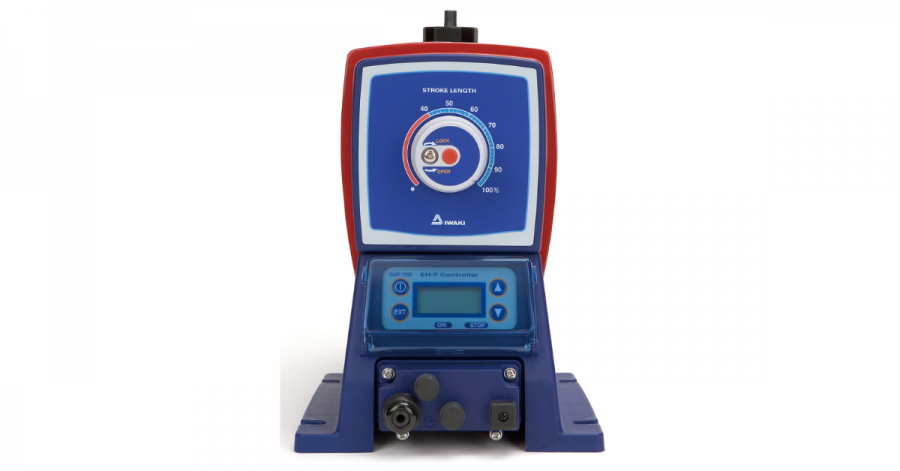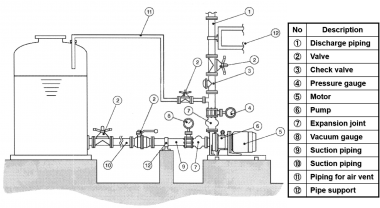The term “turndown ratio” is used a lot when describing the flow range of metering pumps. Manufacturers will state ranges like 100:1, 500:1 or even over 1,000:1. What does this mean? Let’s take a diaphragm dosing pump that provides 100 gallons per hour (GPH), that only has a knob to adjust diaphragm travel between 20% and 100% of the full stroke length. Setting the pump at 20% would provide 20% of each stroke, or 20 GPH (20% x 100 GPH). Setting it at 50% would be 50 GPH, etc. Turndown ratio is calculated by dividing the pump’s maximum output by the minimum output. Thus, this pump would have a turndown of 5:1 (100 GPH divided by 20 GPH).
In addition to stroke length many metering pumps also utilize speed control. Using that same 100 GPH pump with stroke length adjustment, let’s add variable speed control with an operation range from 100% down to 1% speed. Running at 50% speed and keeping stroke length at 100% would provide 50 GPH, similar to operation at 50% stroke length and 100% speed. As the pump can be turned down the full speed range at every stroke length setting, multiplying the turndown of both variables will give the total pump turndown ratio. In our example, the stroke length range (5:1) times the speed range (100:1) results in a total turndown ratio of 500:1.
Turndown ratios are important. They determine the low-end capability of a dosing pump while maintaining pump accuracy. When engineering specifications are written for a new application the range of fluid to be dispensed is usually listed. If the process requires flows from 10 to 100 GPH, a 100 GPH pump with a 5:1 turn down would only dispense 20 to 100 GPH and not meet the specification. Similarly, the technology in a pump that could give you a 3000:1 turndown may be cost overkill for the same application.
As the cost of chemicals continue to rise, the need for precise dosing is becoming more important. Selecting a pump with the proper turndown ratio for the application is critical to a successful installation. Visit https://www.walchem.com/pumps-overview/ for more information and examples of metering pump technology.




